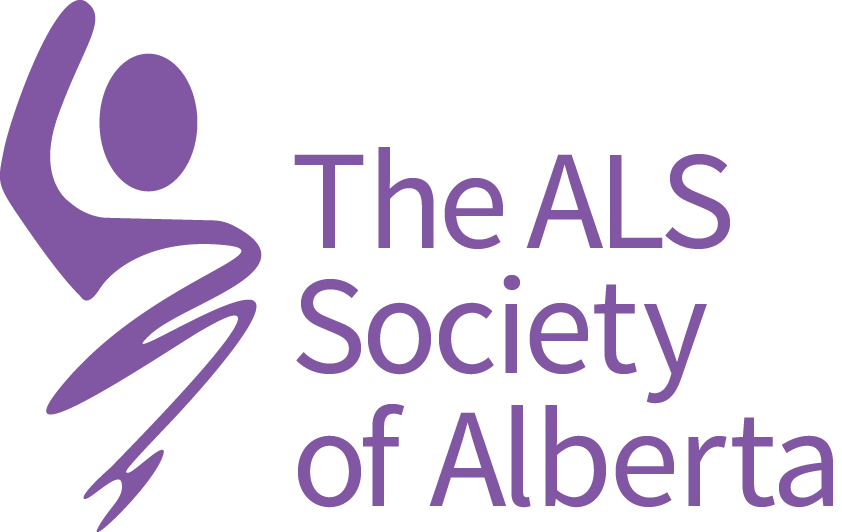“I promised he’d stay at home until the end, and thanks to the ALS Society of Alberta, I kept that promise.”
My darling husband David was the love of my life for 38 years when he was diagnosed with ALS in October 2023. He had just turned 74 the week we received the devastating news and terrible shock. Looking back on 2023, there were subtle signs, as early as January. He noticed his right leg felt weaker, he was having trouble picking up small items with his left hand, and I noticed his foot dragging and making a “flop” sound. He was also losing weight. We chalked this all up to aging. But when he choked on a piece of raw cauliflower & needed the Heimlich maneuver , we knew something more serious was happening.
David was a retired family physician, and after a normal gastroscopy ruled out esophageal cancer, he sat down at the computer and after a short while said "I think I have ALS!” Within days, we saw our GP. A week later, after nerve conduction studies, our fears were confirmed.
The shock was unbelievably overwhelming. We had a family conference with our two grown children and their spouses and discussed our next steps. Our large home - beautiful but now inaccessible place on three acres - was certainly not going to work for what lay ahead. I told David I would do everything I could to care for him, and that meant moving closer to support.
Thankfully, our daughter, a health care aide, and her husband lived close by on a 25-acre horse farm. We made the decision to sell our home and build a modular home on their land. I spent the winter months sorting, packing, and downsizing. We sold our home quickly and moved into our new space that June. It was built to be fully accessible and prioritized David’s comfort.
I promised he’d stay at home until the end, and thanks to the ALS Society of Alberta, I kept that promise.
With their amazing support and our incredible occupational therapist, we were equipped with everything he needed: a hospital bed beside mine, a porch lift for the front steps, walkers, a wheelchair, bath bench, a transfer device, and so many other supports that allowed David to stay mobile and comfortable. He loved getting out, going to church, the mall, or around the farm side-by-side. He especially loved holding the cats and watching the horses.
His biggest challenge was breathing. He couldn’t lay flat and relied on a BiPAP machine to sleep, and eventually during the day as well. Swallowing became very difficult. He declined a feeding tube, so I adapted every meal. I became an expert at mashing foods and adding lots of sauce and gravy to help him eat. I used thickener for liquids, and I performed physio on his back to help prevent choking, even on saliva.
He continued to lose weight, and by mid-November, he was too weak to leave the house. By February, he needed the BiPAP (non-invasive ventilator) around the clock. On February 14, Valentine’s Day, my sweet, darling husband passed away peacefully at home. He never once complained during his illness, a true testimony to his strength, gentle spirit, and unshakeable faith.
My heart sinks when I learn of others just starting this difficult journey, it's such a horrible disease. I sometimes think I would take him back even at his weakest, just to have him here - but that's selfish as I know how much he suffered. We made the most of every day we had together. I will always be grateful for the support that helped keep the promise that we would be together, at home, until the very end.
David will always be in my thoughts, and I’ll carry him in my heart forever.





